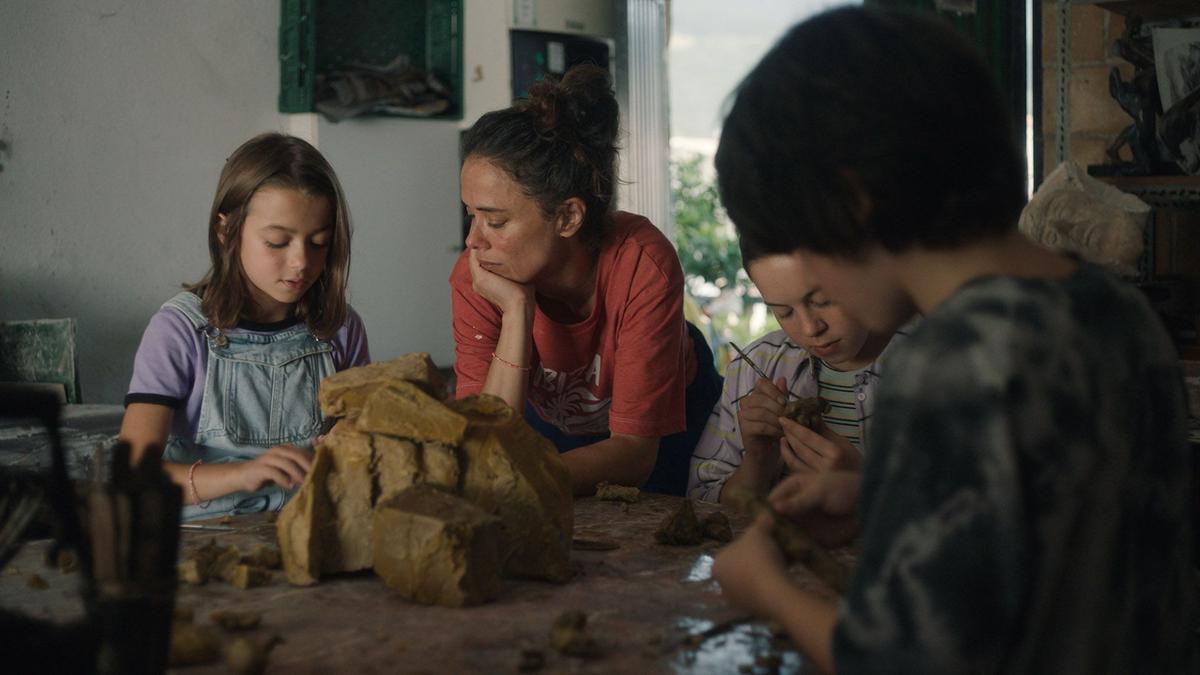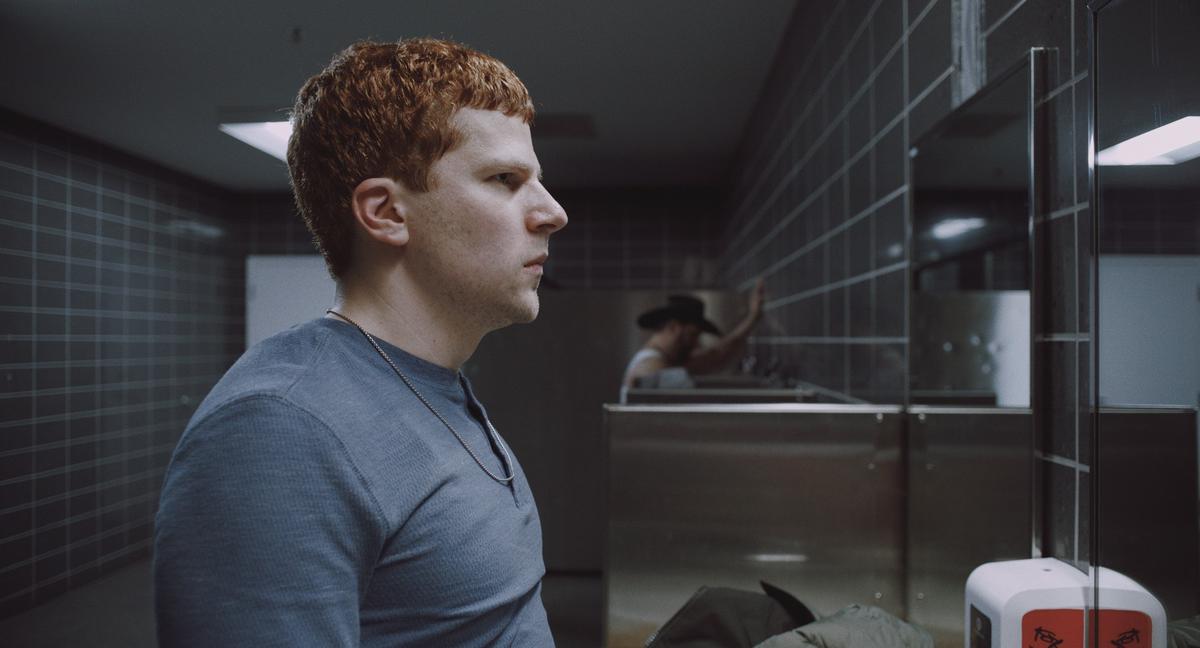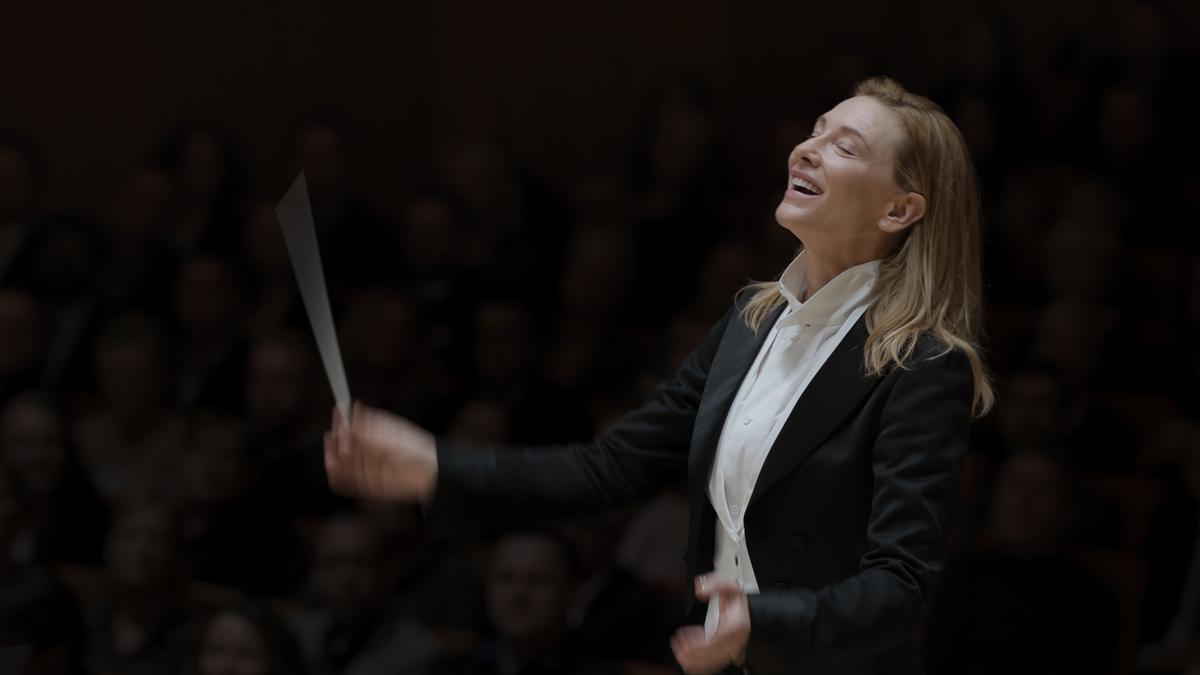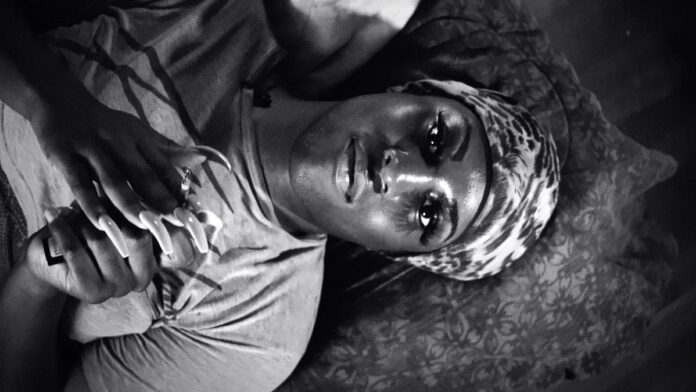
In D. Smith’s ‘Kokomo City’, a portrait of four black transgender sex workers in America, the comfort level from the presence of a trans filmmaker is palpable as the protagonists openly recount their experiences.
Deep in the woods, eight-year-old Coco is swimming in a lake with her great-aunt Lourdes. As they wash, Lourdes instructs Coco to scrub herself thoroughly. “A girl’s penis must be sparkling clean,” she declares. It is an affirming moment for Coco, who is otherwise assumed to be a boy by her family and addressed in confusing ways. Now she finds an unlikely ally in her great-aunt, a gentle (probably queer) beekeeper.

A still from Spanish filmmaker Estibaliz Urresola Solaguren’s ‘20,000 Species of Bees’.
Spanish filmmaker Estibaliz Urresola Solaguren’s empathetic debut feature film 20,000 Species of Bees, which premiered at the recently-concluded Berlin International Film Festival (Berlinale) 2023, is the latest in a growing canon of queer cinema that explores the complexities of gender identity.
In the last couple of years, LGBTQIA+ films have taken a leap from focusing on the heartbreaks of gay men and lesbian women — primarily white protagonists — to narratives of transgender persons, the perils of masculinity, and what queerness looks like outside of the Global North. The first two major international film festivals of this year, Berlinale and Sundance, premiered a spate of films — 20,000 Species…, Kokomo City, Mutt, Bis ans Ende der Nacht, and Orlando, My Political Biography — with transgender protagonists and actors.
Both 20,000 Species, which portrays a trans child in the Basque Country, and Mutt, a chronicle of a day in the life of a young trans man, inspect the dissonance between self-identity and society’s gaze. While Mutt is somewhat didactic and can be a beginner’s guide to understanding the blurry contours of the gender binary, the film platforms the oft-neglected voice of a trans man (played by Lío Mehiel, a trans actor and filmmaker).
Question of authenticity
Transgender filmmakers and actors are leaning into the much-debated question of authenticity in queer cinema, advocating for lived realities. Films such as D. Smith’s Kokomo City, Vuk Lungulov-Klotz’s Mutt, and Paul B. Preciado’s Orlando, My Political Biography have trans filmmakers at the helm, paving the way for accurate representation and self-reflection.

A still from Paul B. Preciado’s ‘Orlando, My Political Biography’.
Preciado’s biographical feature is envisioned as a letter to Virginia Woolf, who published Orlando: A Biography in 1928, in which a poet transitions from man to woman and lives for centuries. The filmmaker confides in Woolf that the world is slowly transforming away from the gender binary, much like in her novel nearly a century earlier.
In Kokomo City — a portrait of four black transgender sex workers in America — Smith negotiates the power dynamics between the audience and the protagonists by defying the traditional (often voyeuristic) documentary format and absolving its subjects of the conventional narrative of victimhood. The comfort level brought in by the presence of a trans filmmaker is palpable, as the protagonists mince no words in recounting their experiences with their male clients.

A still from ‘Everything Everywhere All at Once’, which bagged seven Oscars this year.
Although still largely an exception, queer people of colour are gaining recognition at international film festivals and awards. Exploring the struggles of a Chinese American immigrant in accepting the sexuality of her lesbian daughter, Everything Everywhere All at Once bagged seven Oscars this year. Last year, Saim Sadiq’s Joyland, executive produced by Nobel Prize winner Malala Yousafzai and featuring transgender actor Alina Khan, was not only the first Pakistani film to premiere at the Cannes Film Festival, it also won the Queer Palm for the best LGBTQIA+ film.
Issues at the intersection

Eight-year-old Sofia Otero of ‘20,000 Species of Bees’ with the Silver Bear for Best Acting Performance in a Leading Role at Berlinale 2023.
| Photo Credit:
Getty Images
At this year’s Berlinale, Babatunde Apalowo’s debut feature All the Colours of the World Are Between Black and White, a Nigerian film about two closeted gay men exploring their sexuality in a country where homosexuality is criminalised, won the Teddy Award for best LGBTQIA+ film at the festival . Eight-year-old Sofia Otero took the top acting award at the festival for portraying Coco in 20,000 Species.
Swedish-Farsi film Motståndaren, which opened at the Berlinale, and Danish filmmaker Jonas Poher Rasmussen’s Flee, which was nominated for the best documentary Oscar last year, understand queerness through the lens of migration and asylum. These films highlight the intersection of sexuality and race, and how the two are deeply interlinked.

Jesse Eisenberg in ‘Manodrome’, directed by John Trengove.
LGBTQIA+ stories are transcending drama and occupying genres like noir thriller and science fiction. Premiering at the Berlinale, Ng Choon Ping and Sam H. Freeman’s British film Femme dips into London’s queer nightlife to bring forth a revenge narrative involving a closeted (ultra-macho) white gay man and a black drag queen. Capturing vivid images of a gay sauna, a drag performance space, and revenge porn, the film does not attempt to pander to a straight audience. The Jesse Eisenberg-starrer Manodrome, which competed at the same festival, interposes queer masculinity with a cult, attempting to create a dystopian science fiction vibe, but coming across as rather hollow.

In the Oscar-nominated ‘Tár’, Cate Blanchett portrays a lesbian maestro with conservative views and a lecherous eye.
Queer filmmakers are no longer hesitant to project LGBTQIA+ people as complex, and sometimes problematic, individuals. In the Oscar-nominated Tár, Cate Blanchett captivatingly portrays a lesbian maestro with conservative views and a lecherous eye. The sense of artistic narcissism is echoed in Ira Sachs’ latest drama Passages, which premiered at Sundance this year. In it, Franz Rogowski plays a needy movie director, Tomas, who blows away any chance of stability and love in the pursuit of thrill and attention. After he breaks up with his long-time partner Martin, played by Ben Whishaw, they have passionate sex, captured through a steady camera and natural lighting, as a matter of fact.
Sex among queer characters is no longer an event or turning point in the narrative. The new crop of queer cinema is not confined to sexual orientation, but at the same time, not detached from it either, driving home the point that queerness does not exist in isolation.
The writer is a journalist based in Berlin as a German Chancellor Fellow.
#queer #movies #lesbiangay #binary #mainstream #themes #explore #layered #narratives
